[social_warfare]
The Best Places to See in Beijing, China
Imagine a city that seamlessly blends an imperial past with the buzzing energy of modern urban life, where centuries-old traditions dance harmoniously with neon-lit nightlife. That’s Beijing in a nutshell.
Whether you’re diving into the enchanting palaces of ancient dynasties or seeking inspiration in contemporary art enclaves, Beijing delivers in ways both expected and surprising. This guide will explore twelve of the best attractions that span the spectrum from iconic landmarks to hip, edgy neighborhoods.
So buckle up for a journey that bridges the centuries and covers everything from the Great Wall to the legendary hutongs.
The Forbidden City
Let’s start with the big one—the Forbidden City. When you’re in the heart of Beijing, it’s hard to miss this sprawling imperial palace that once housed China’s emperors for nearly 500 years. The labyrinth of 900-plus buildings spread across 180 acres is a mesmerizing relic of the Ming and Qing dynasties, boasting intricate wooden architecture and opulent courtyards.
Legend has it that only those chosen by the emperor could tread these sacred grounds, and as you wander through the carefully curated halls, you can feel the weight of history that still lingers.
Situated right in the city’s core, you can easily walk here or catch a subway. Don’t sleep on booking an audio guide or hiring a local guide—there’s nothing like hearing about the palace intrigues and ghost stories directly from a knowledgeable source. Tickets range from around 60 to 80 RMB depending on the season, and given the UNESCO heritage site’s popularity, it’s worth reserving your spot in advance.
This is a must-see place in Beijing if you want to marvel at its meticulously preserved artifacts and wander among the same halls where emperors made history.
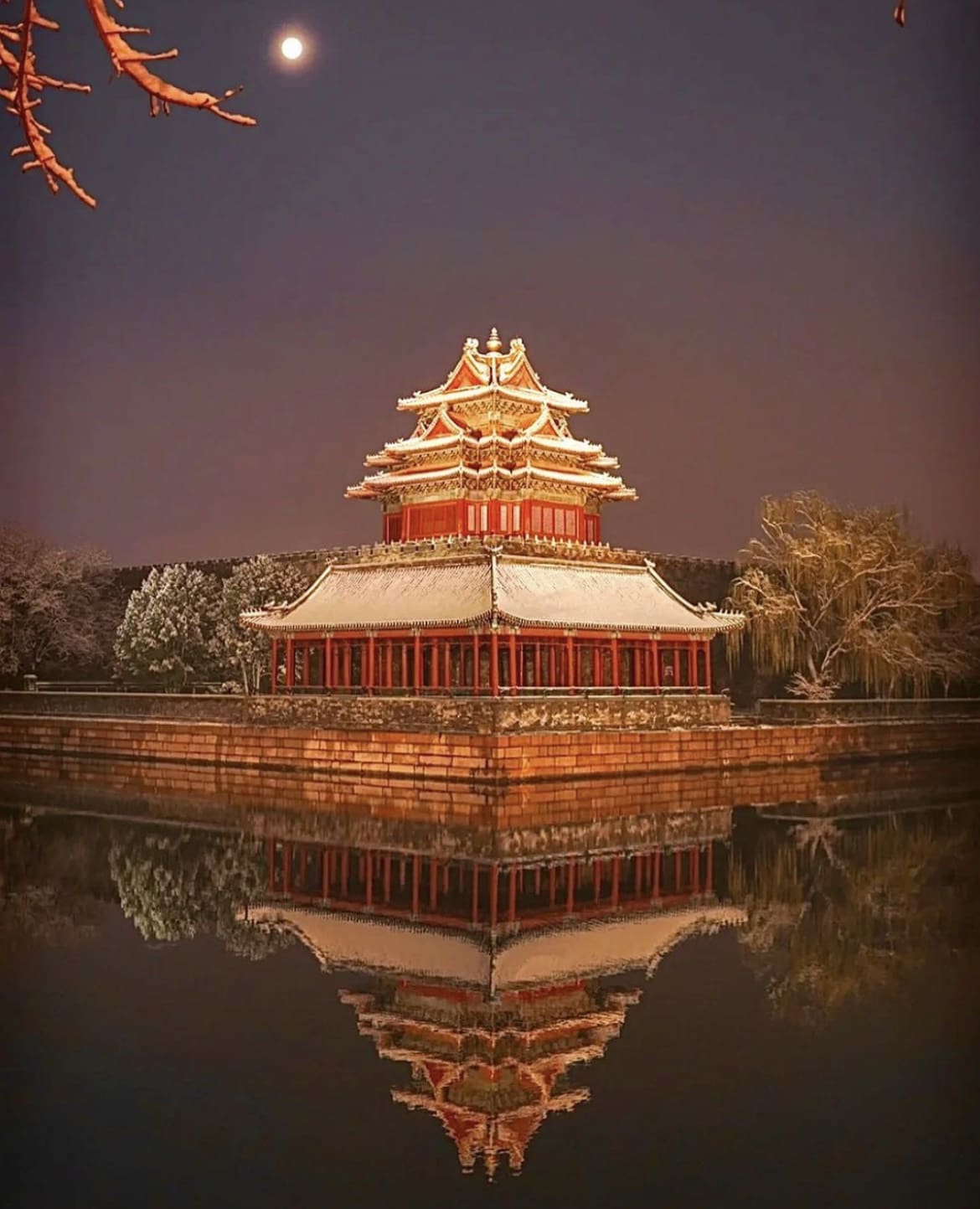
The Great Wall of China (Mutianyu Section)
No trip to Beijing is complete without paying homage to the iconic Great Wall. And while there are multiple sections you could visit, the Mutianyu section is where it’s at for breathtaking views without the tourist stampede. This well-preserved stretch, adorned with watchtowers and lush hills, provides a striking contrast to the wall’s rugged grandeur.
You’ll understand why this UNESCO World Heritage Site is often touted as one of the world’s most impressive architectural feats.
Getting to Mutianyu is a breeze with several bus and tour package options from Beijing. It’s roughly a 1.5-hour drive, making it a convenient day trip from the city. A basic entry ticket costs around 45 RMB, with an additional 100 RMB if you opt for the cable car—a worthy splurge for that effortless ascent.
Pro tip: pack plenty of water, sunscreen, and a camera, because those uphill climbs are real, but so are the brag-worthy views. Whether you’re snapping selfies atop the ancient watchtowers or soaking in the expansive landscape, this is one part of the Great Wall that won’t disappoint.

Summer Palace
When you need a breather from Beijing’s bustling city streets, the Summer Palace is your serene escape, nestled on the outskirts of the city. Originally built as a royal garden, this vast retreat sprawls across 700 acres, with Longevity Hill rising gracefully above the shimmering Kunming Lake.
The place radiates tranquility, with pavilions, temples, and bridges weaving seamlessly into lush landscapes. Once the playground of emperors, it’s now a retreat where you can lose yourself in ornate gardens and find peace among classical Chinese architecture.
Getting here is simple—just hop on the subway, and you’ll be strolling through the Palace gates in no time. Entrance costs a reasonable 30 RMB in the off-season and 60 RMB during the peak months, so you won’t break the bank. A scenic boat ride across the lake is an absolute must, especially if you’re chasing that sunset glow.
Empress Dowager Cixi was known for her lavish tastes and hosted extravagant feasts in the Great Hall. Walking the Palace’s stone paths, you’ll sense the opulence and grandeur that still whispers from the royal halls.

Temple of Heaven
Once a sacred ritual site for emperors, the Temple of Heaven is now a tranquil oasis in bustling Beijing. Circular and symmetrical in design, it’s a marvel of sacred geometry, representing the ancient Chinese belief in the harmony between heaven and earth. The emperors came here to pray for good harvests and divine favor, and you’ll understand why this spot was chosen as soon as you step inside.
The complex features the iconic Hall of Prayer for Good Harvests, the Circular Mound Altar, and the Echo Wall, which carries whispers across its circular enclosure.
Located in the southern part of Beijing, the Temple of Heaven is easily accessible via subway or bus. Entry is around 35 RMB, including access to the stunning inner temples. Make sure to time your visit right to catch locals practicing tai chi or dancing in the adjacent park. The hall’s blue-tiled roof and beautifully painted eaves will blow your mind, and don’t forget to check out the Echo Wall, which lives up to its name.
If you want a peaceful retreat with a touch of divine history, this is the place to soak in Beijing’s ancient past.
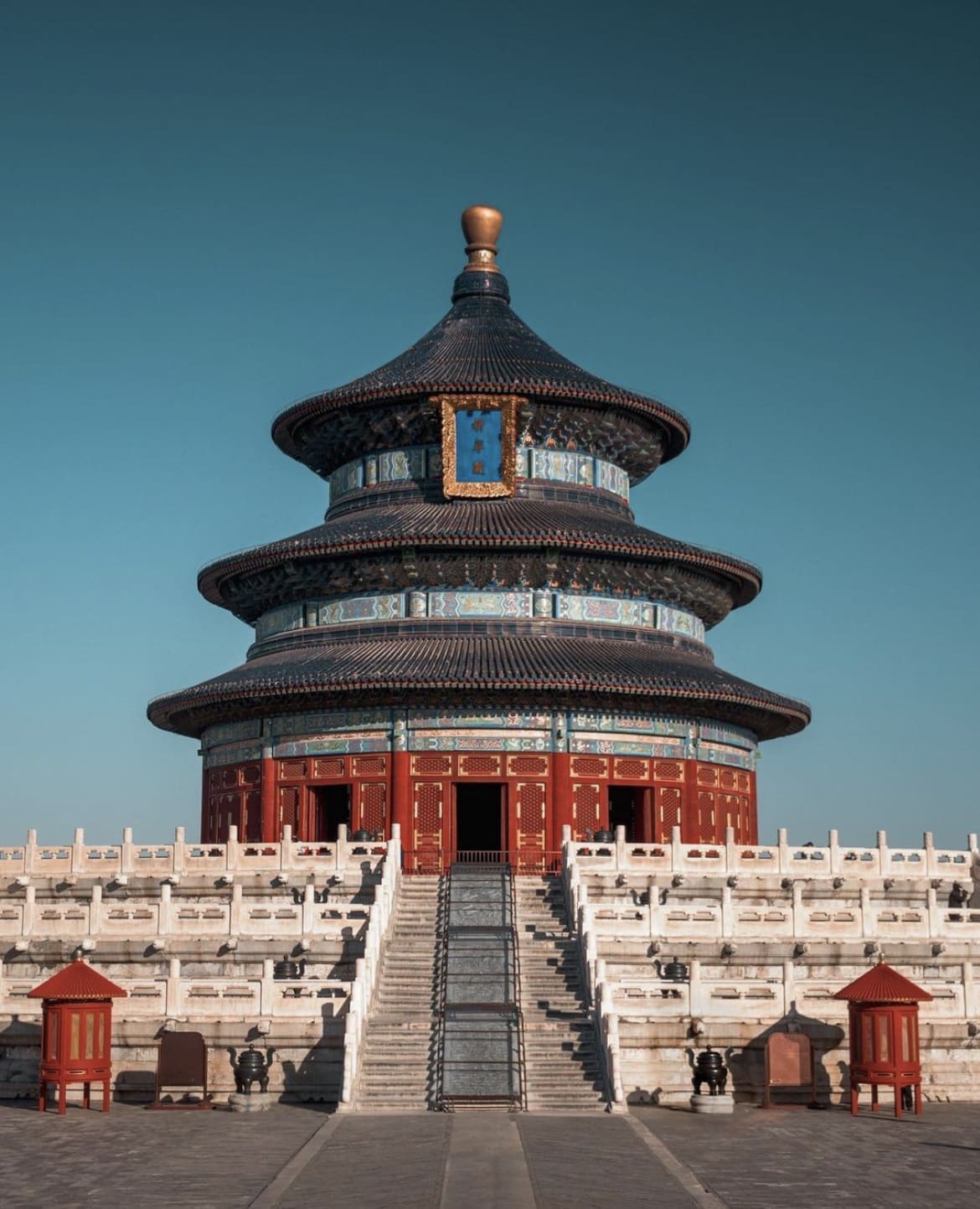
798 Art District
Get ready for a splash of creativity in the gritty-cool 798 Art District, where old military factories have morphed into Beijing’s vibrant epicenter for contemporary art. This area boasts galleries filled with cutting-edge exhibitions, graffiti-laden alleyways that exude creative energy, and quirky boutiques offering everything from vintage threads to avant-garde decor.
The vibe here is all about blending old industrial chic with new-age artistic flair, making it a must-see place in Beijing if you crave unique aesthetics. Cafes and street vendors line the streets, so grab a latte, meander through outdoor installations, and stop by edgy fashion boutiques to fuel your artistic soul.
To reach 798, take the subway and prepare to walk or grab a cab for the last mile. There’s no admission fee to roam the district, but some galleries and exhibitions might charge a nominal fee. Between photo ops with the towering statues and street art that could rival Banksy, you’ll find a café culture that fuels the art scene’s inspiration with creative lattes and espresso shots.
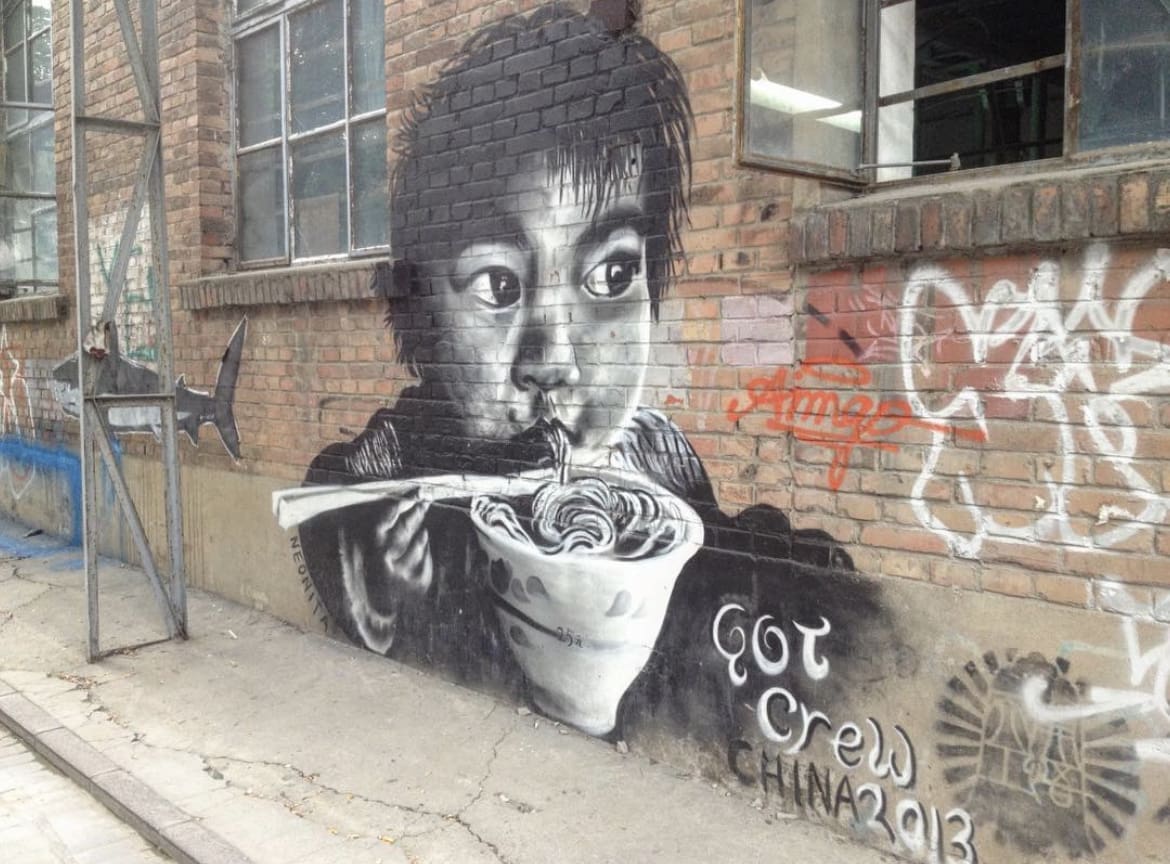
Hutongs of Beijing
Navigating Beijing’s hutongs is like unraveling a story one alleyway at a time. These narrow, maze-like streets are remnants of ancient city planning and offer a peek into Beijing’s past, where life flows at a more relaxed pace than the high-rise downtown. Whether it’s locals bargaining at the vibrant street markets, friends playing mahjong in a courtyard, or a noodle shop dishing out the city’s best dumplings, the hutongs are where the heartbeat of old Beijing thrives.
Don’t miss Nanluoguxiang, the liveliest of them all, offering food stalls with street delicacies like fried scorpions and tamer snacks for the less adventurous. Trendy boutiques spill out into the street, and bars buzz with a nightlife that mixes traditional and hip vibes.
For those seeking a quieter experience, head to other hutongs, where you can take in traditional courtyard homes or rent a bike to explore like a local. Guided tours are highly recommended for a more in-depth understanding of the rich history and stories embedded in these alleyways.
Read Next: 10 Traditional Chinese Foods To Try in China
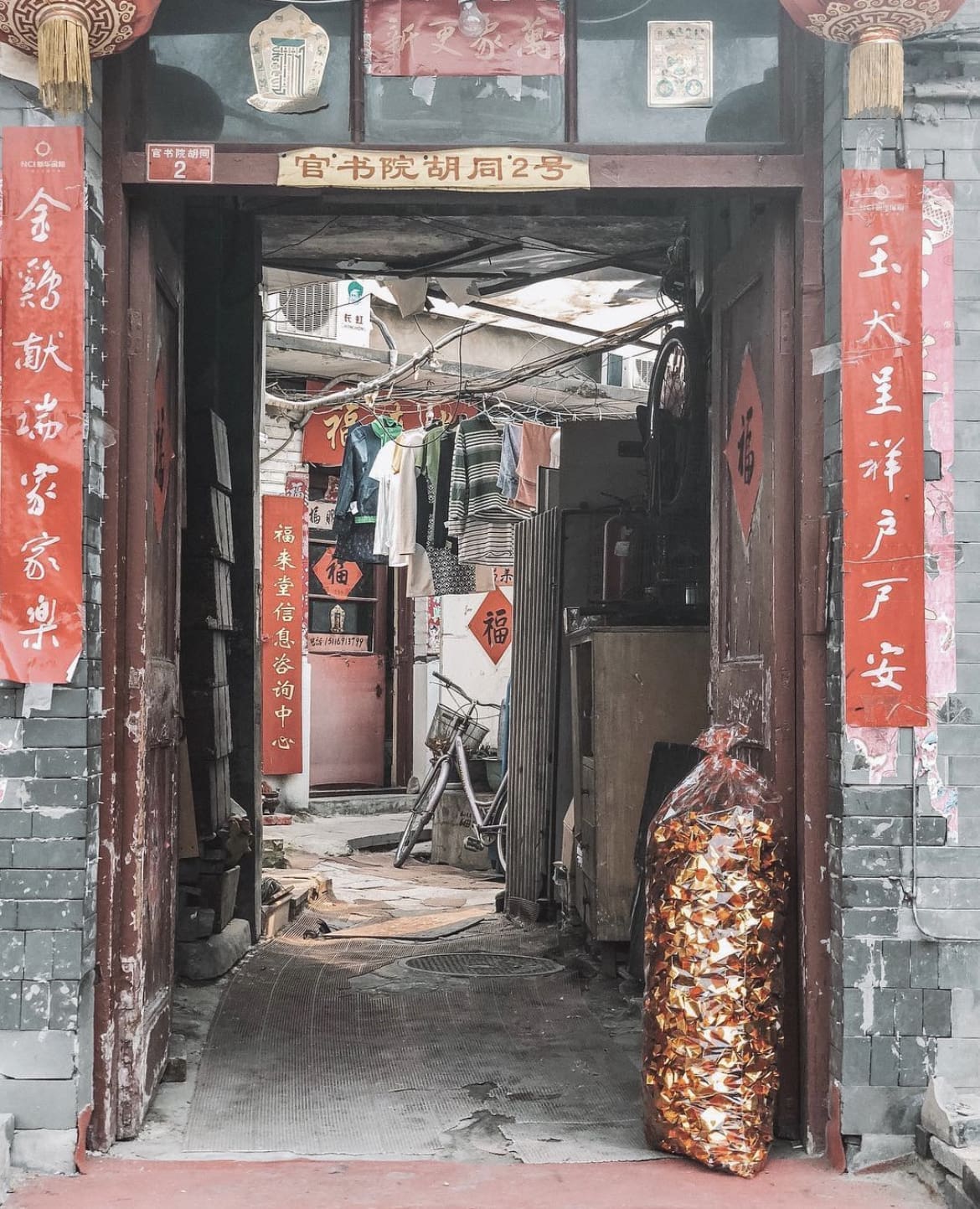
National Museum of China
Situated on the eastern side of Tiananmen Square, the National Museum of China is your all-access pass to the epic history of the Middle Kingdom. With over a million artifacts and exhibits spread across two colossal wings, it’s impossible not to be awed by the sheer scope of China’s 5,000-year-old civilization, meticulously laid out in galleries that range from ancient ceramics to relics from the Cultural Revolution.
The best part? Admission is free, though a valid passport is needed to enter. Start your journey chronologically through the exhibition halls that vividly illustrate China’s long timeline, or focus on key themes like ancient bronzes or revolutionary artifacts. Make sure to stop by the hall showcasing the “Road to Rejuvenation,” which vividly chronicles China’s journey to modernization. Plan to spend at least half a day here, as the museum’s immense collection will leave you inspired and in awe of China’s cultural heritage.
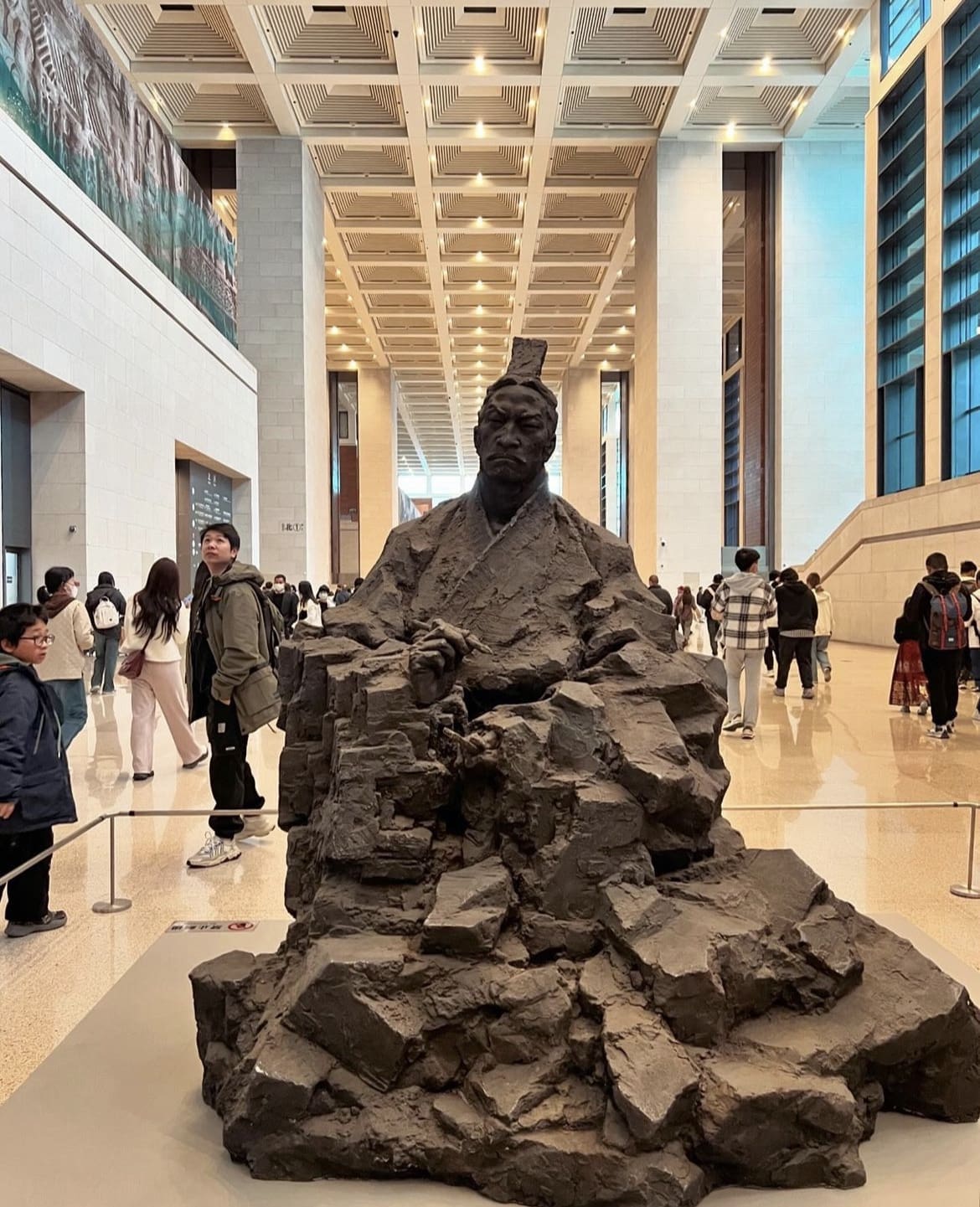
Jingshan Park
Directly across from the Forbidden City lies Jingshan Park, a peaceful green space that offers one of the best panoramic views of Beijing and its sprawling cityscape. Originally an imperial garden, this park is famous for its central hill, which was built using the soil excavated to create the Forbidden City’s moat. At the top of the hill stands the Wanchun Pavilion, where you can get a bird’s-eye view of the Forbidden City’s golden roofs and the bustling city beyond.
Entry is just a few RMB, making it an affordable escape from the city’s buzz. The hill isn’t too steep, but wear comfy shoes for the climb, which will reward you with postcard-perfect photos. While you’re there, check out the five pavilions scattered across the park, each offering its own unique charm. An interesting tidbit: the last emperor of the Ming Dynasty, Chongzhen, took his life here after Beijing fell to the rebels, adding a poignant layer of history to the picturesque park.
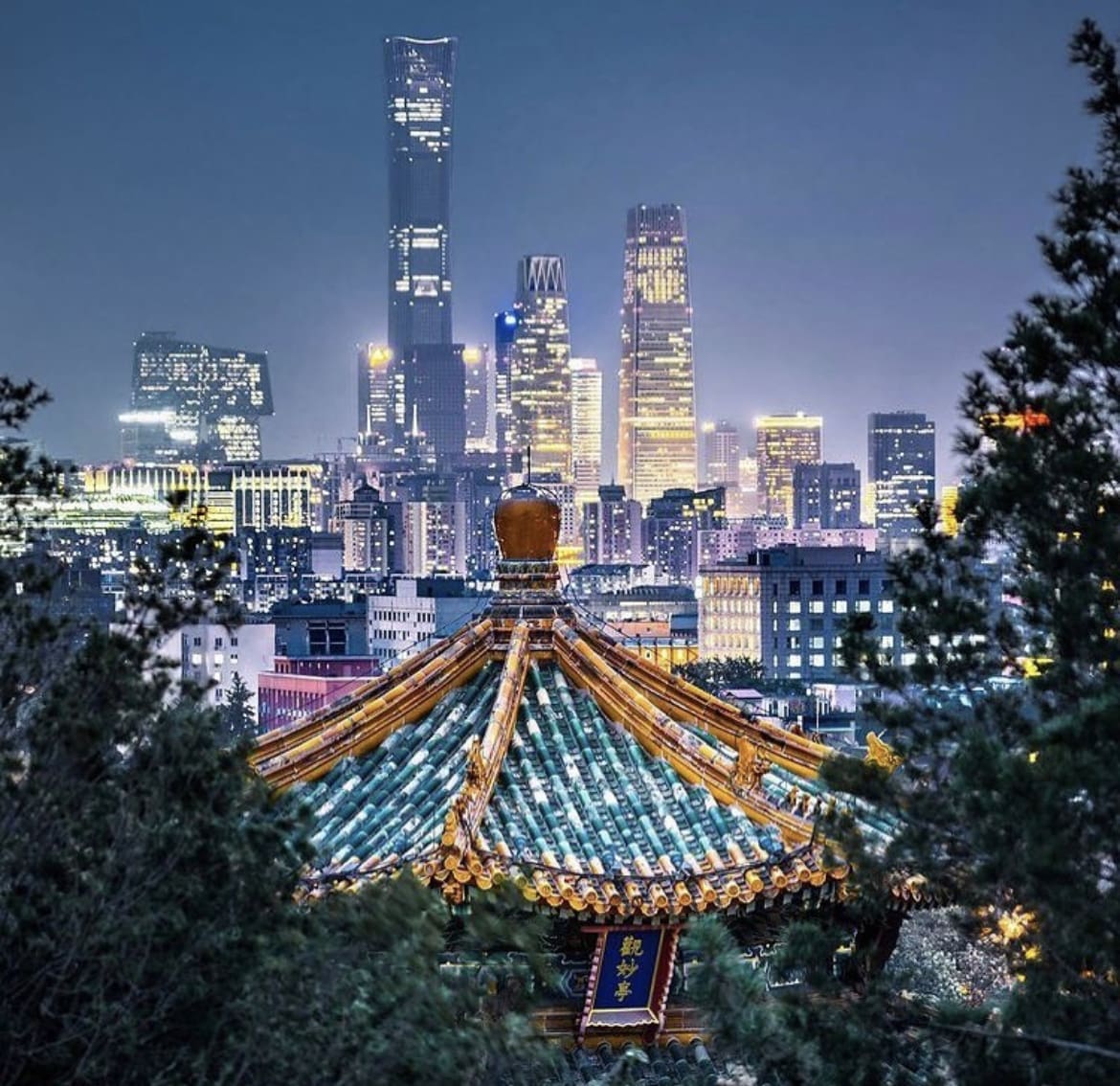
Beijing Zoo & Beijing Aquarium
For a glimpse of China’s iconic wildlife, look no further than the Beijing Zoo. The star attraction is undoubtedly the lovable giant pandas, munching away on bamboo shoots and lazing around like absolute royalty. But that’s not all—you’ll also find over 450 other species from across China and the globe, including rare golden monkeys, Siberian tigers, and exotic birds that bring a splash of color to your visit.
Next door, the Beijing Aquarium ups the aquatic ante with its remarkable collection of marine life. There’s a separate admission fee, but it’s worth it to witness the mesmerizing coral reef displays, massive shark tanks, and playful dolphin shows. Located just off the subway line, the zoo is best enjoyed early in the day when the crowds are smaller. Entry to the zoo alone costs about 20 RMB, and it’s a few more to include the aquarium. Whether you’re snapping selfies with the pandas or diving into the ocean exhibits, this spot will charm and delight visitors of all ages.
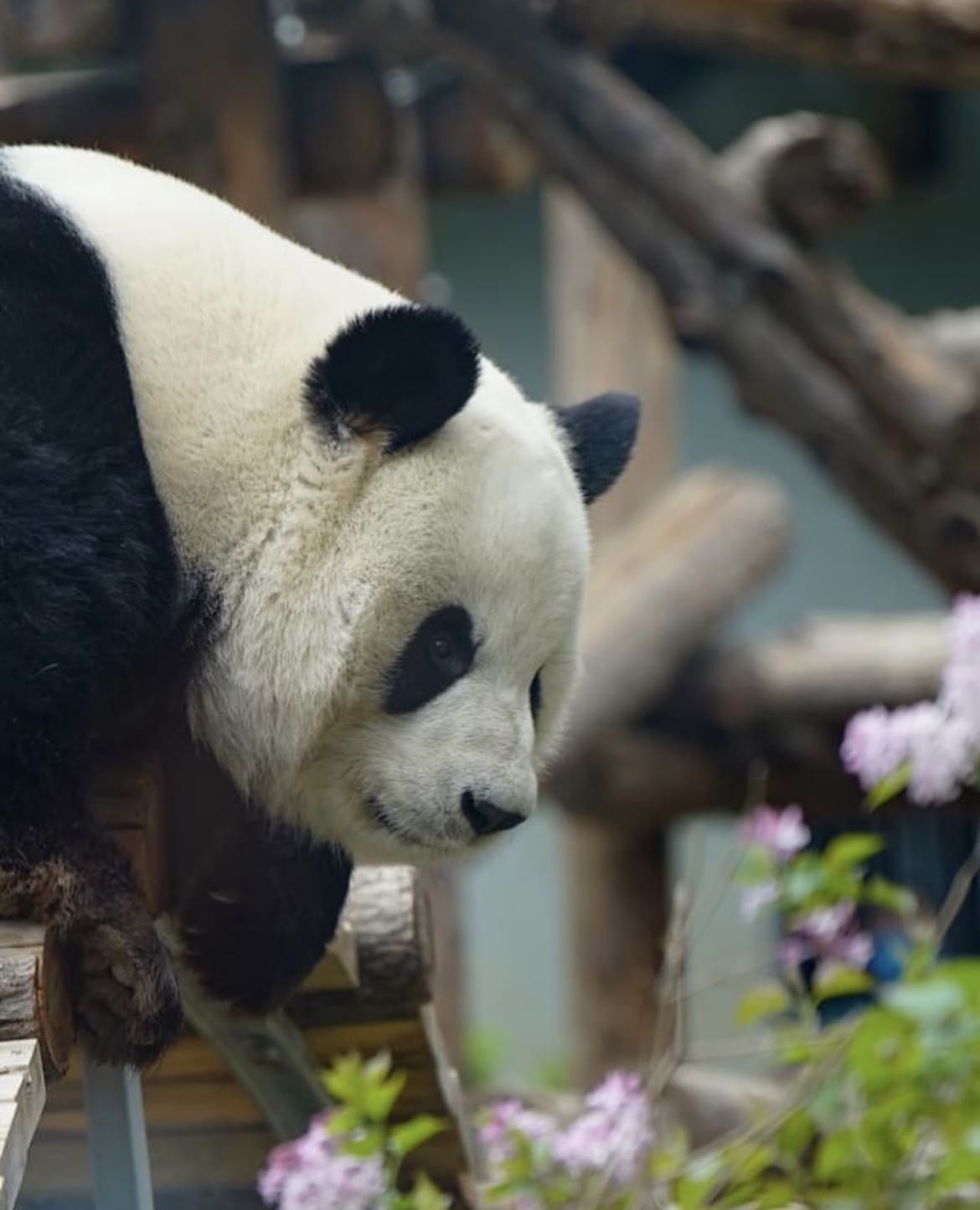
Tiananmen Square
Few places carry as much historical and symbolic weight as Tiananmen Square, which has seen the birth of modern China and stands today as the world’s largest public square. Here, you’re flanked by significant landmarks like the Monument to the People’s Heroes and the massive Great Hall of the People, which houses China’s parliament. It’s also the gateway to the Forbidden City, with the striking portrait of Chairman Mao dominating its southern gate.
The vast open space is impressive, and security checks at each entrance ensure everyone’s safety. Visits during early morning or late evening are ideal to avoid the crowds and see the daily flag-raising or lowering ceremonies performed by the Chinese military. Be respectful and aware of the site’s historical significance, and don’t forget to explore the surrounding museums for a deeper understanding of this pivotal spot in Chinese history. Admission is free, and it’s accessible by subway or bus, making it an essential part of any Beijing sightseeing tour.
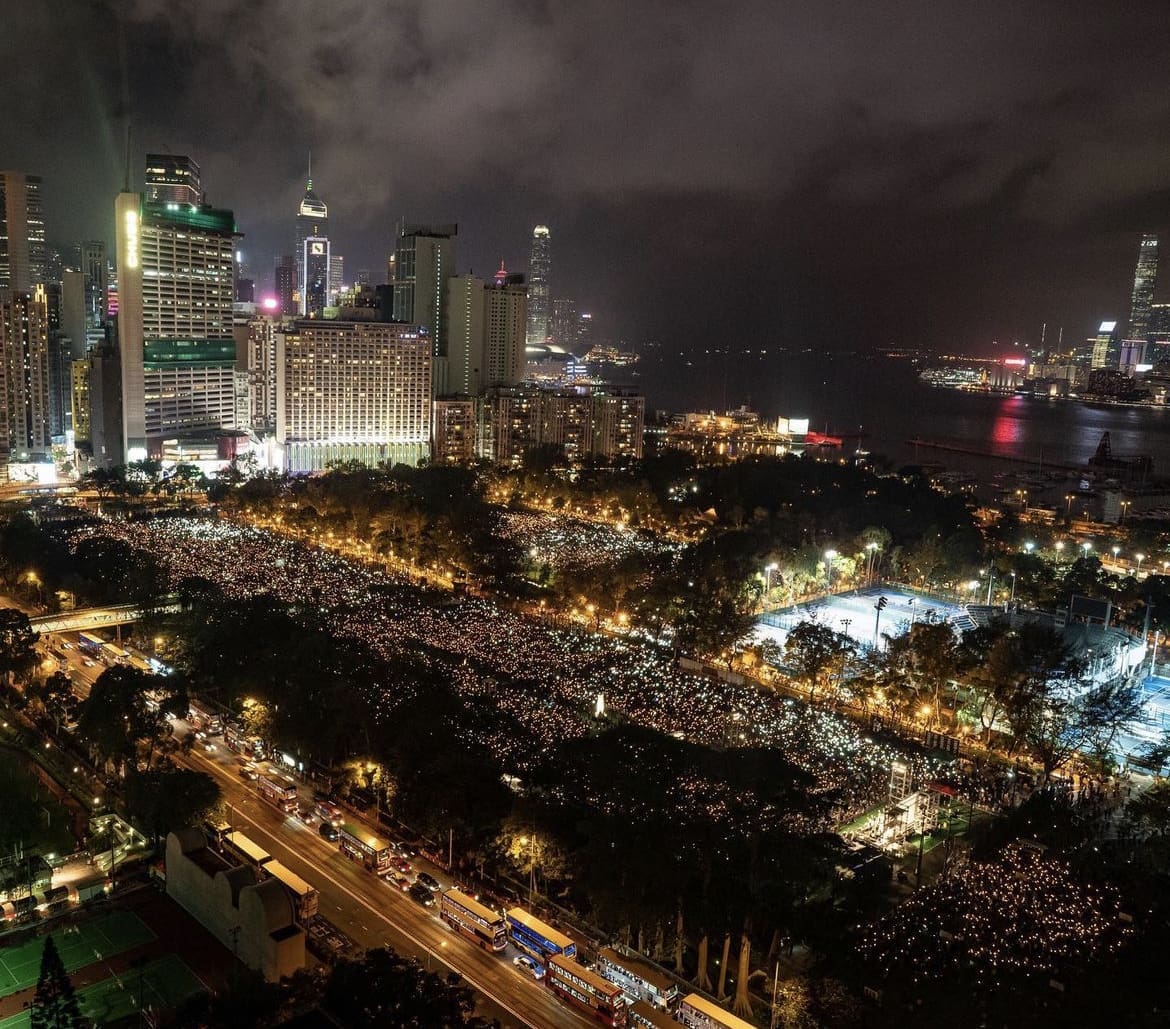
Beihai Park
Step into Beihai Park, and you’re instantly transported to a tranquil oasis of classical gardens and shimmering lakes. This picturesque escape, centered around a vast lake, is dotted with charming pavilions, historic temples, and elegant stone bridges. The centerpiece of this imperial-era retreat is the White Dagoba Temple, perched atop Jade Flower Island and offering stunning views over the lake.
For a few RMB, you can wander through the lush greenery and marvel at the blend of natural beauty and ancient architecture. But the true magic comes when you hop on a paddle boat and glide across the lake, especially at sunset when the golden hour light bathes the park in warm hues. A small fee applies for boating activities, but it’s worth every penny to enjoy this peaceful ride. Centrally located just west of the Forbidden City, Beihai Park is perfect for relaxing walks and moments of reflection, making it one of Beijing’s most soothing urban getaways.

Nanluoguxiang
Fancy a blend of ancient alleyways and modern chic? Nanluoguxiang is your go-to. This trendy hutong neighborhood combines history and hip vibes in a maze-like grid of narrow lanes, where quirky boutiques sell everything from funky accessories to vintage decor. Street vendors tempt you with fried scorpions and other daring snacks, while craft beer joints and creative cocktail bars promise a vibrant nightlife.
Don’t miss the hidden courtyard cafes, perfect for sipping tea and watching the world go by. At night, the hutong transforms into a lively hotspot with colorful lanterns and music filling the air. The neighborhood is easily accessible by subway and is conveniently close to other hutongs, so you can explore them all in one go. A local favorite, Nanluoguxiang is the place to be for unique souvenirs, bold bites, and eclectic energy.

With Beijing’s unbeatable combination of historical grandeur, modern creativity, and cultural charm, there’s no shortage of incredible places to explore. From the iconic Forbidden City to the hip 798 Art District, each attraction brings its own flavor to this ancient city, whether you’re hunting down the perfect Instagram shot or diving into millennia of Chinese heritage.
Take your time to fully immerse yourself in Beijing’s layers, each one revealing a fresh perspective. Share your favorite spots with fellow travelers and suggest other must-visit places for those who haven’t yet ventured to Beijing. Whether you’re basking in the peacefulness of Beihai Park or tasting the unique flavors of Nanluoguxiang, let this city capture your imagination and fill your memory card with moments worth reliving.
